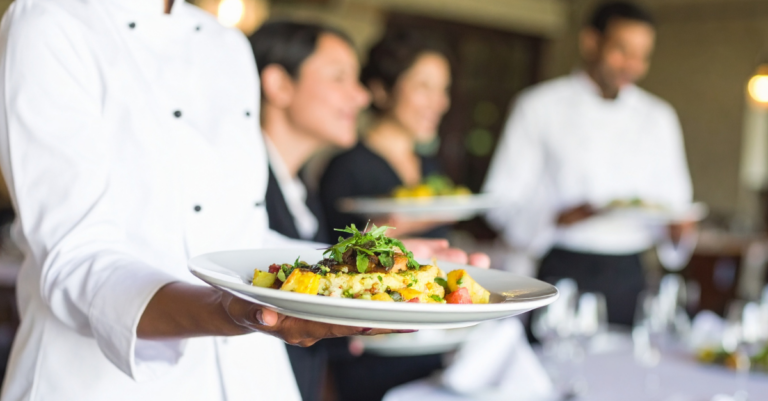Verification entities constitute an essential support for public administrations in achieving the reduction and climate neutrality objectives established by the European Commission and assumed by all Member States.
The Paris Agreement, adopted in 2015 by the parties to the United Nations Framework Convention on Climate Change and ratified by Spain in 2017, establishes as a limit on global warming, to keep the increase in the global average temperature below 2°C with respect to pre-industrial levels, and to continue efforts to limit this temperature increase to 1.5°C.
In this framework, the European Green Deal or European Green Pact, formally presented in December 2019, is, in essence, a growth strategy that will enable the European Union to achieve climate neutrality by 2050.
EU countries are working on new legislation to achieve the climate target of reducing their emissions by at least 55% by 2030 (compared to 1990), and to make the EU climate neutral by 2050.
Objective 55
To achieve these objectives, the EU puts forward the "Objective 55" package, presented in July 2021, which consists of a set of proposals aimed at reviewing and updating EU legislation, and launching new initiatives to ensure that EU policies are in line with the established objectives.
Among the legislative proposals included in this package, we find:
- Review of the EU ETS: including, among other changes, shipping emissions in the EU ETS and the creation of a separate emissions trading scheme for buildings and road transport.
- Creation of a carbon border adjustment mechanism: gradually replacing the free allocation of EU ETS allowances as a method of controlling the risk of carbon leakage.
- Increase in Member States' emission reduction targets: from 29% to 40% of 2005 levels by 2030 (non-EU ETS and non-LULUCF sectors).
- A net absorption target is set for LULUCF sectors (land use, land-use change and forestry): at least 310 million tons CO2e absorbed, to be distributed among the Member States.
- Consumption of more sustainable aviation fuels: reducing the environmental footprint of aviation.
- Consumption of renewable and low-carbon fuels in maritime transportation.
- Review of directives: on renewable energies, energy efficiency, energy efficiency of buildings and energy taxation.
As we can see, climate neutrality is not only about emitting less, but also about absorbing more, and verification entities appear in most of these proposals, providing reliability of the reported data, generating confidence in the interested parties, whether public administration, or clients and consumers.
The rules of the game are being revised, including the guidelines for reporting this data. Regulations such as Directive 2022/2464/EU ("CSRD Directive"), which amends the NFRD Directive on reporting sustainability information, establishes mandatory reporting of environmental indicators, using common reporting standards (EFRAG), and includes all organizations as obliged subjects of this reporting, not only large corporations, through a compliance schedule that runs from 2024 to 2029.
Others in carbon?
Organizations must take a stand and establish their own decarbonization strategies to meet the goal of climate neutrality by 2050.
Being carbon neutral is not just about reducing greenhouse gas emissions. Climate neutrality is achieved when emissions are reduced as much as possible, and the remaining emissions are offset through reduction and absorption projects that generate carbon credits.
First of all, we must know what emissions we generate in the development of our activity, in order to establish an action plan to reduce them. In the case of electro-intensive industries, the EU implemented the emissions trading system as a system to gradually reduce greenhouse gas emissions. For the rest of the sectors, the so-called diffuse sectors, there are standards that will help us to establish a greenhouse gas emissions inventory and calculate emissions, such as the GHG Protocol and ISO 14064-1.
Residual emissions are those that we will not be able to reduce and, therefore, will be the emissions that we will have to offset. Forestry and agricultural projects, which promote the sequestration and absorption of CO2 by soils and forests, renewable energy projects that enable the production of cleaner energy and the substitution of polluting energies with green energy, and projects related to the rational and efficient use of energy that develop clean and sustainable technologies to produce electricity, cold and heat to increase industrial efficiency and limit energy consumption in transportation and construction, are some examples of projects that can generate carbon credits.
To calculate the increase of removals or emission reductions, through Absorption or Emission Reduction Projects, we can use standards such as the GHG Protocol or ISO 14064-2.
Cooperation between Verification Entities and Public Administrations
Collaboration between Verification Entities and Public Administrations is crucial in the monitoring and implementation of plans and measures to achieve Goal 55 by 2030 and climate neutrality by 2050, through the verification of indicators and environmental information, both on emissions generated and emissions avoided or reduced, generating trust, transparency and reliability of the data reported.
Actions coordinated with the Spanish Climate Change Office for the verification of the reported carbon footprint calculation, or for the verification of the CO2 reductions through the Fes CO2 Projects, or actions with the Autonomous Communities for the verification of the data reported in the carbon footprint registries, will continue to occur to the extent that verification of the data to be reported by the organizations is necessary.
Collaboration, cooperation and synergies towards a common goal: climate neutrality.

















